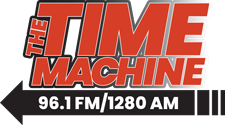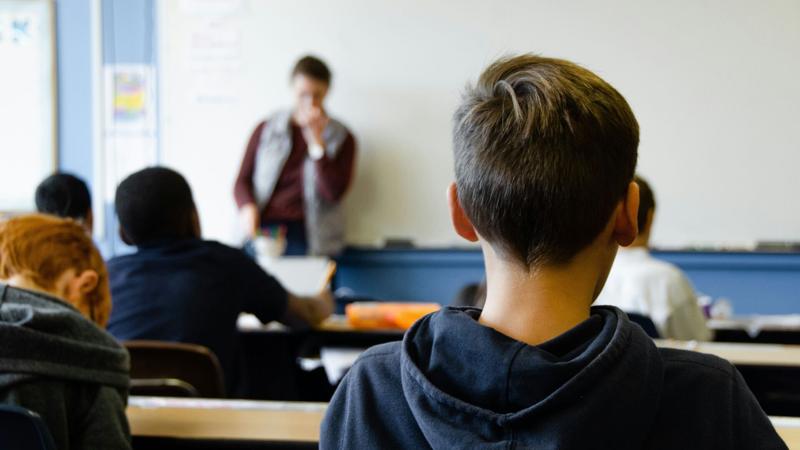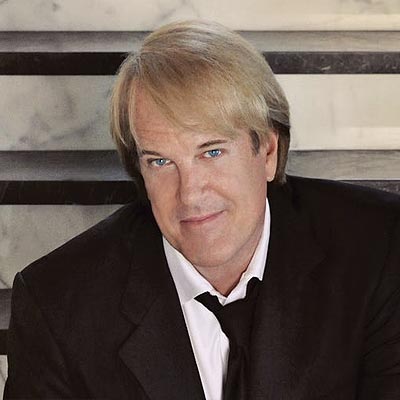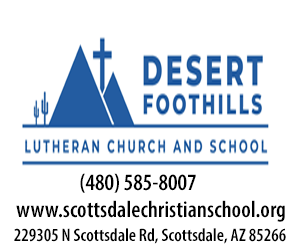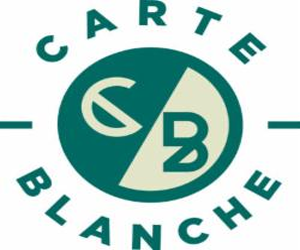States with universal school choice policies see more growth in educational options for families, according to a new report.
EdChoice, a nonprofit organization that researches school choice policies, said roughly 30,000 private schools serve 4.4 million students across the country. Seventy-six subsidization programs exist in 35 states, with 18 offering support to all students without distinction. Of those, just four have the funds to serve every child.
And in those four states – Arizona, Florida, Ohio and Wisconsin – the availability of private and charter schools has risen dramatically between 2011 and 2021, while those with more limited programs – like New York, New Jersey and Pennsylvania – have had as many as 200 to 400 private schools close during the same time frame.
The organization admits the data comes with limitations. Private schools aren’t required to report to the federal government like their public counterparts, and just 5% actually have – meaning the true measure of growth could be dramatically underreported.
Between 1999 and 2024, students enrolled in neighborhood-assigned schools dropped from 74% to 61%, equating to roughly 1 in 5 students educated outside of the public system. EdChoice, based on current trends, expects the percentage to shrink to less than half over the coming years.
That’s if families can find ways to afford it. The organization said costs for private school tuition often limits participation, particularly in states with more limited programs. In Pennsylvania, more than half of students who apply for financial aid through state-run tax credit programs are turned away for lack of funding.
Without subsidization, families pay an average of $13,000 annually for tuition. Roughly 80% of private schools charge less than $15,000 per year, according to EdChoice’s research.
The organization said for universal programs to proliferate, not only must states adopt the policy, but also find appropriate ways to fund it. In Oklahoma, which created a $7,500 tax credit to offset tuition, roughly 5,600 applications were rejected last year because the $150 million cap on the program had been hit. In Utah, more than 27,000 students applied for only 10,000 scholarships funded by the state.
Pennsylvania’s plans for a state-funded scholarship program also come with a $100 million cap and income and residency requirements. Even so, supporters say it will help 15,000 underprivileged students struggling to learn in their assigned public school.
